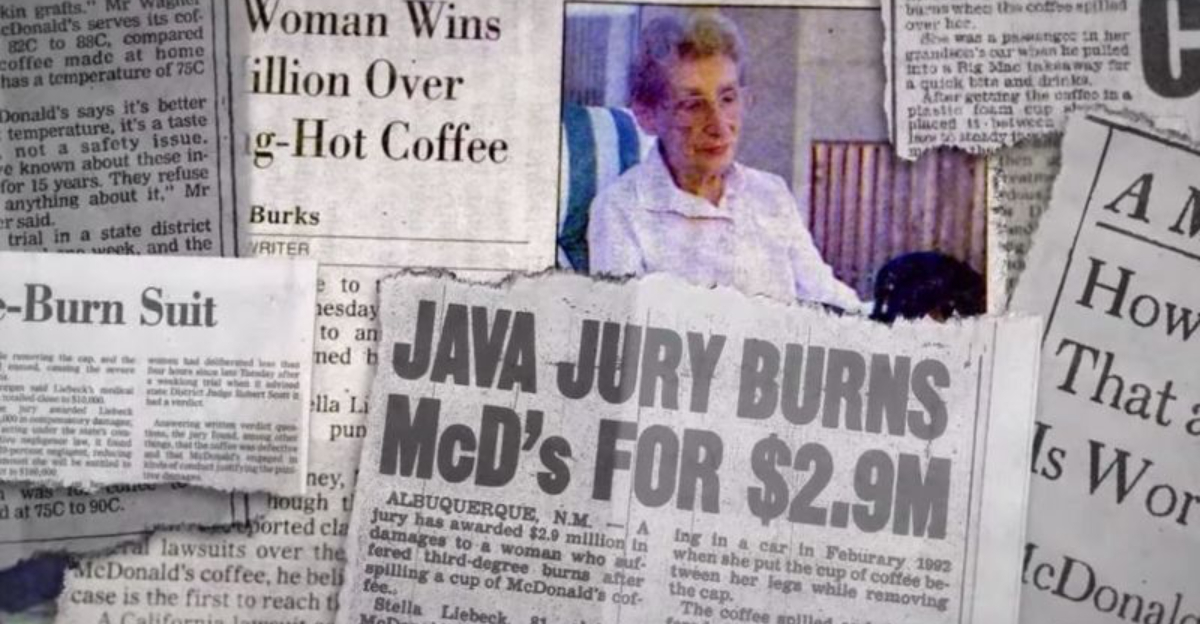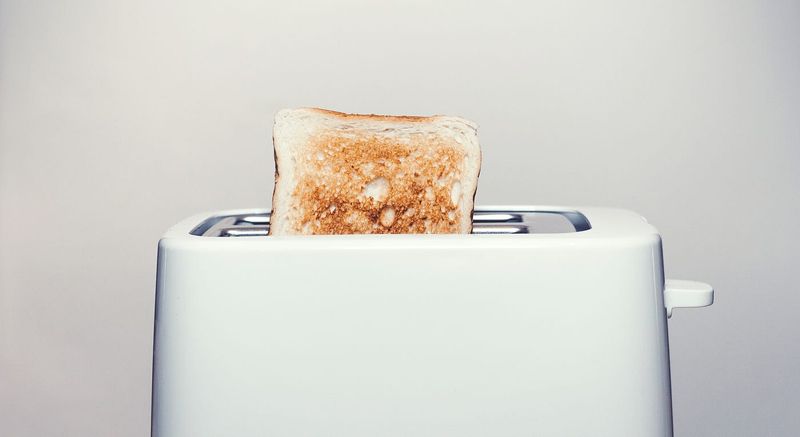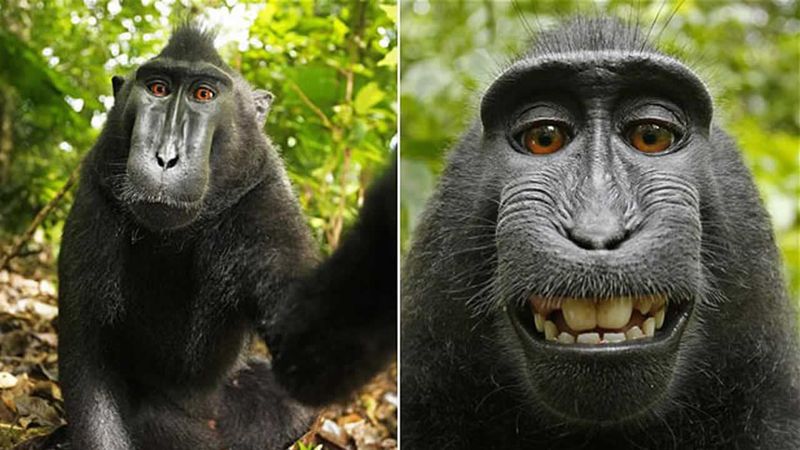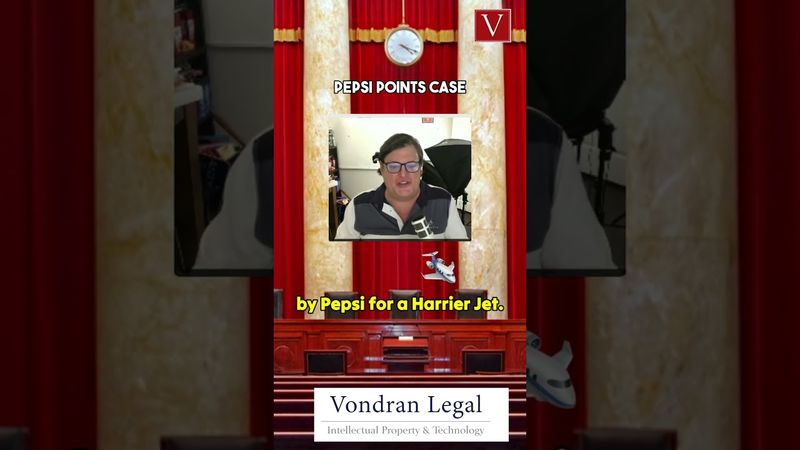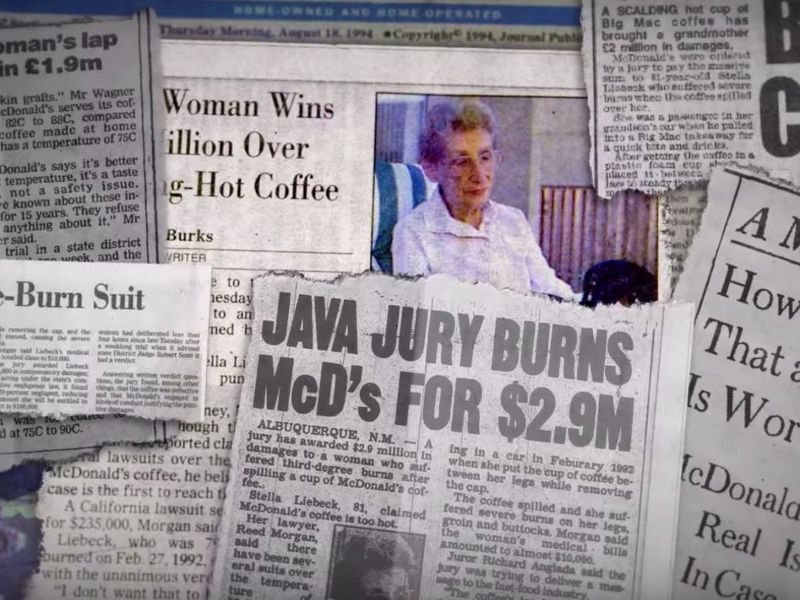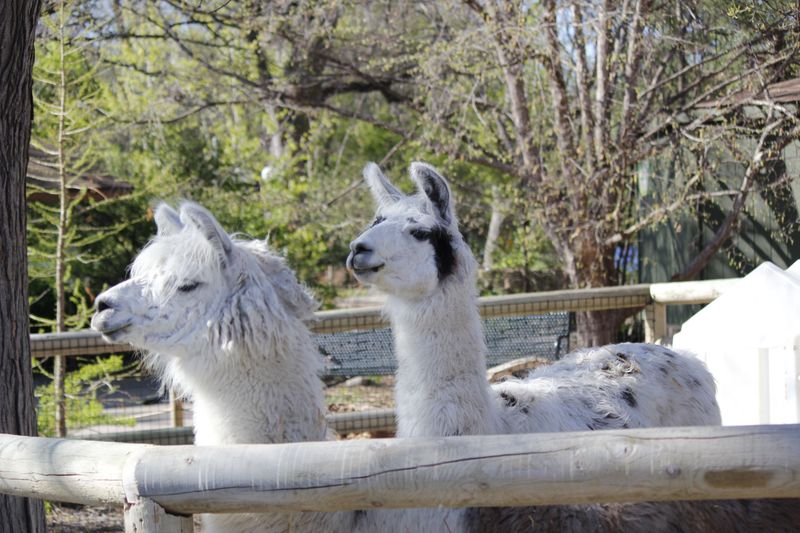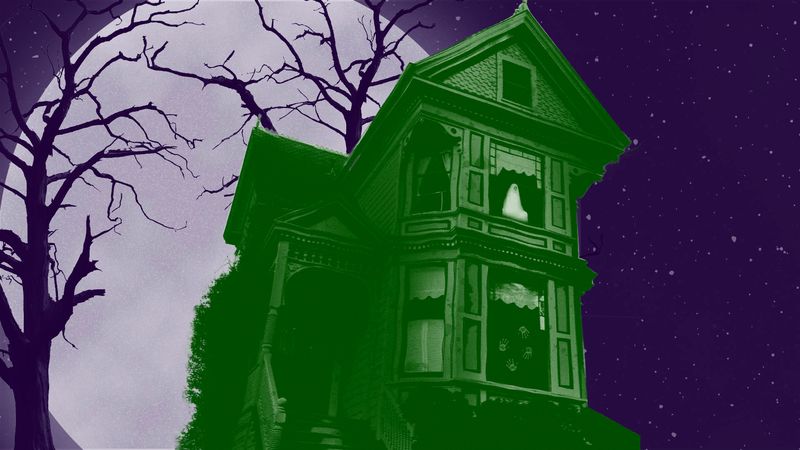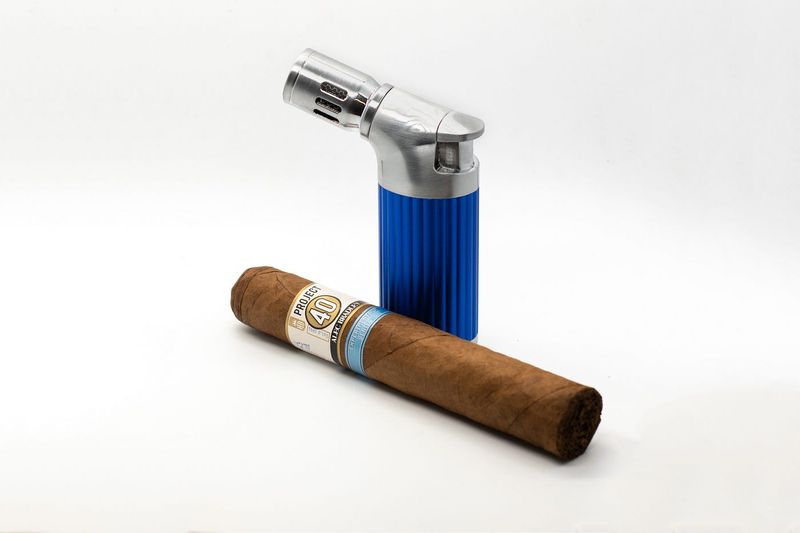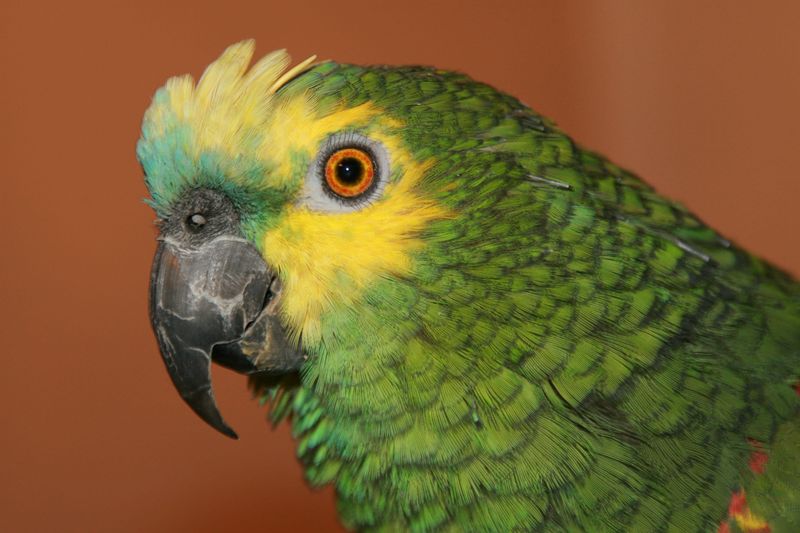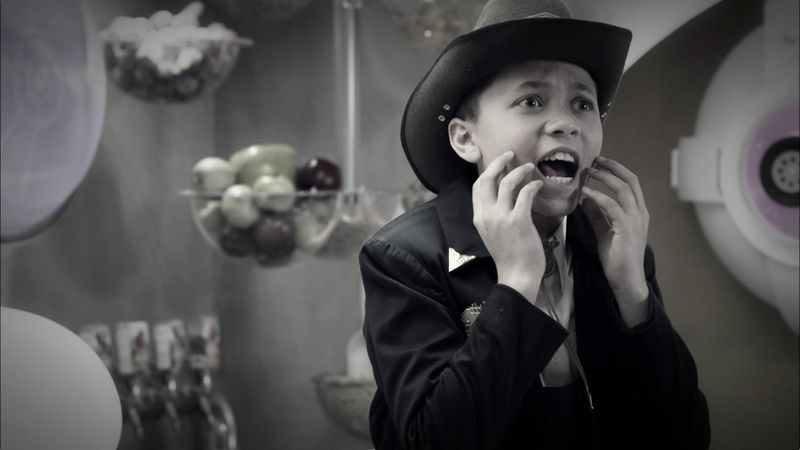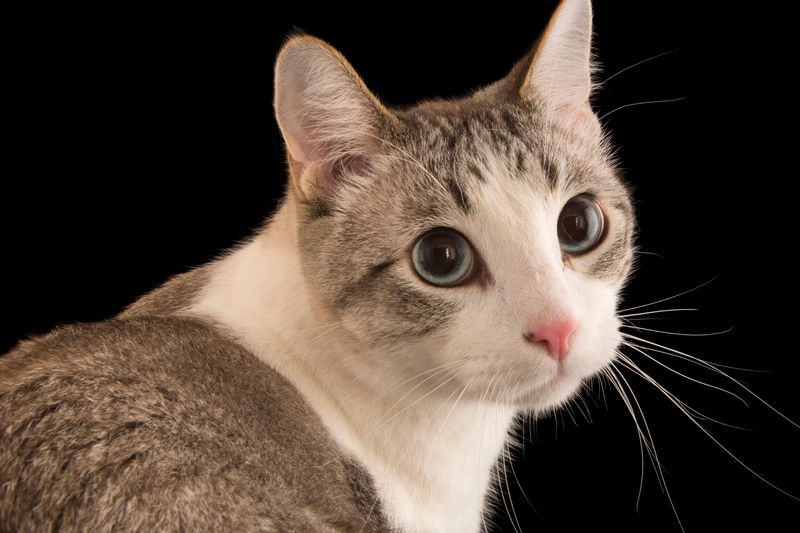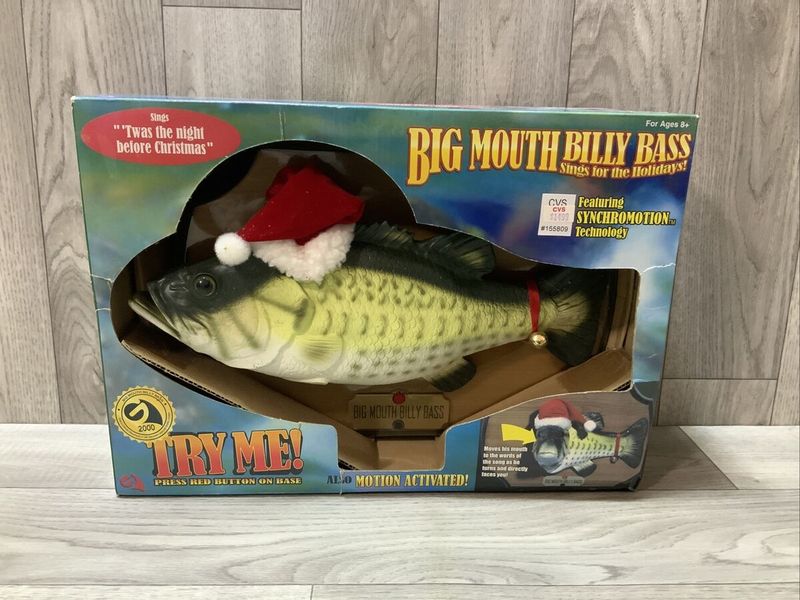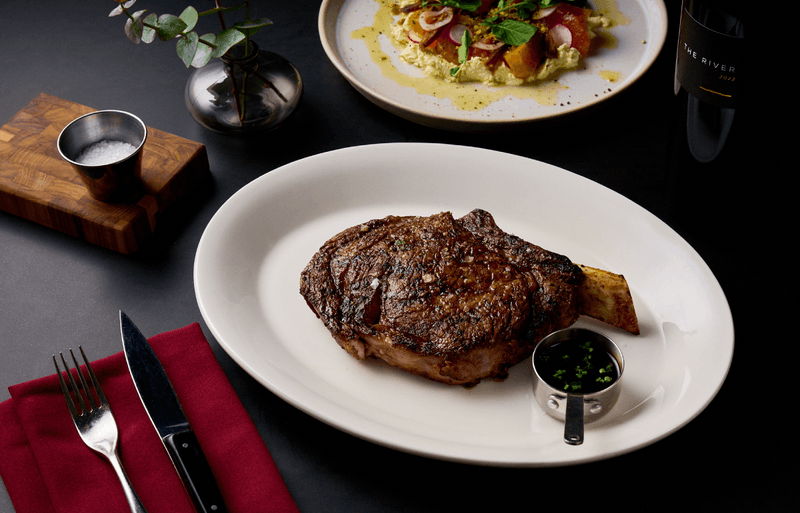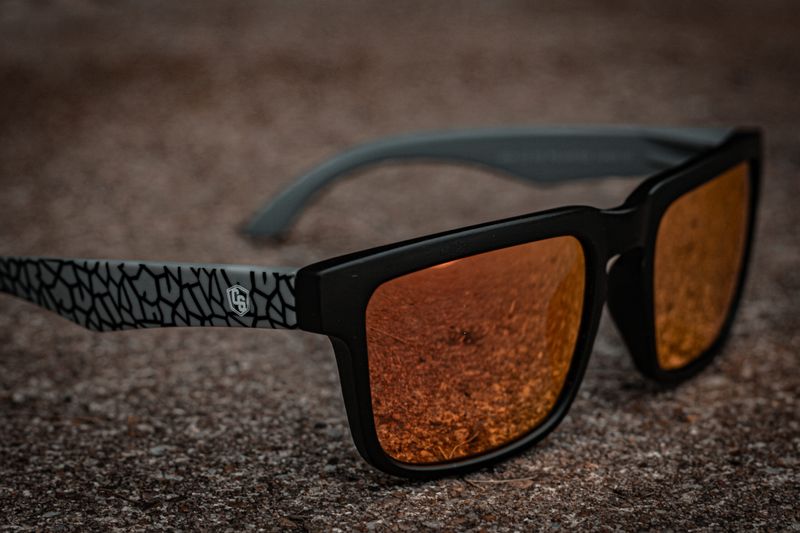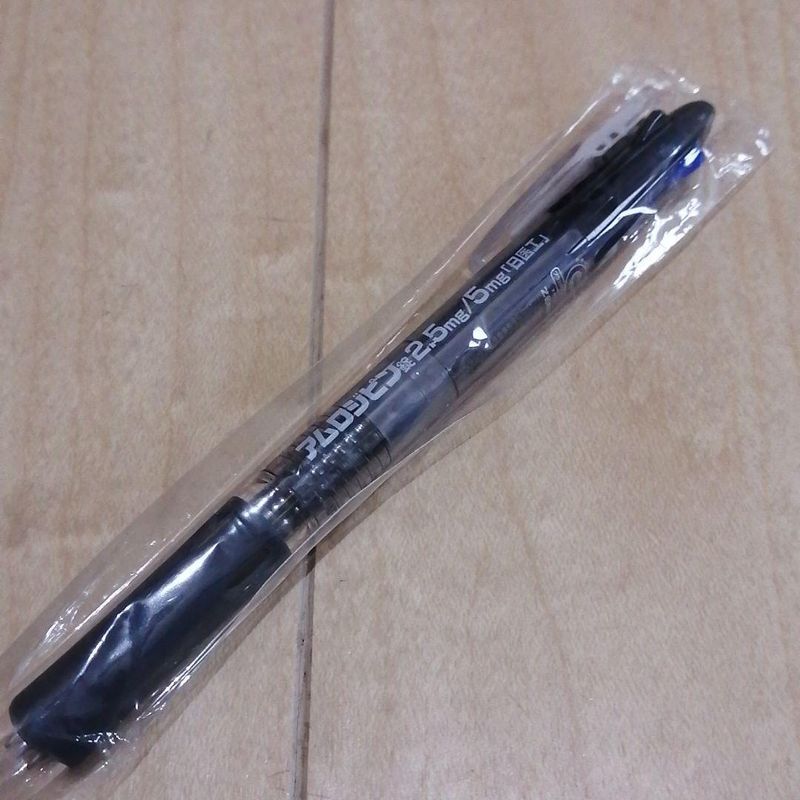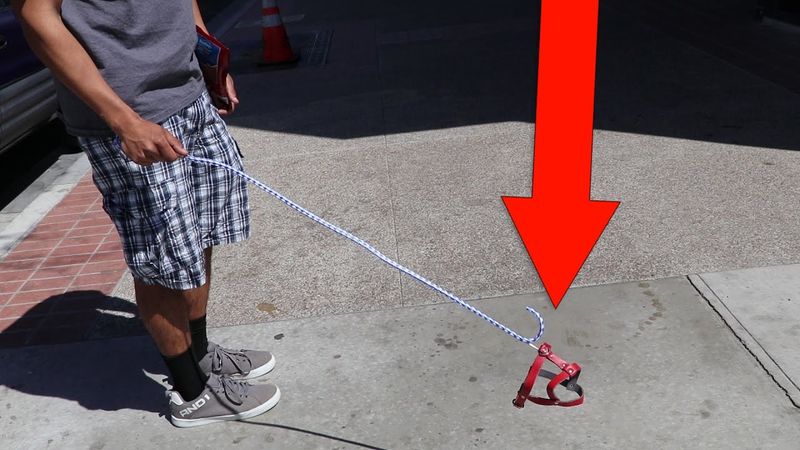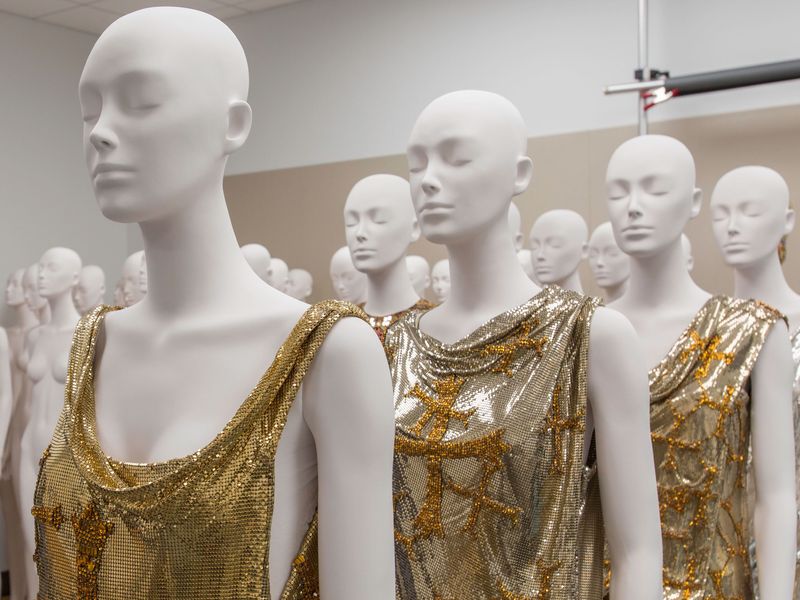The U.S. justice system has seen its fair share of peculiar and outlandish court cases over the years. From disputes over property to unusual criminal defenses, these cases have captured the public’s imagination and challenged legal norms.
In this post, we explore 22 of the most bizarre court cases in U.S. history, each with its unique twists and turns.
1. The Case of the Stolen Toast
In 1993, a man was taken to court over a piece of toast allegedly stolen from a neighbor’s toaster. This peculiar case captured media attention for its trivial nature, raising eyebrows across the nation.
The defendant, a middle-aged man, claimed it was all a misunderstanding, asserting that the toast had accidentally been swapped.
During the trial, jurors struggled to maintain composure as witnesses debated the ownership of the toast.
Ultimately, the judge dismissed the case, deeming it a waste of judicial resources. Though an amusing anecdote today, this case highlights the occasional absurdity of legal disputes.
2. The Monkey Selfie Lawsuit
The Monkey Selfie Case of 2011 involved a lawsuit over the copyright of a photograph taken by a macaque monkey. The photo, snapped by the primate using a wildlife photographer’s camera, became a viral sensation.
The photographer, an adventurous individual, attempted to claim copyright. However, animal rights organizations argued that the monkey itself should own the rights.
The court eventually ruled that non-human entities cannot hold copyright, leaving the photo in the public domain. The case remains a fascinating example of how technology and law intersect in unexpected ways.
3. The Case of the Swimming Pool Duck
In this peculiar case, a homeowner sued a neighbor over a duck that repeatedly swam in their backyard pool. This legal battle centered around property lines and animal trespassing. The plaintiff argued that the duck caused damage to the pool’s filtration system with its constant swimming.
The defendant, on the other hand, claimed the duck was wild and not under their control, raising questions about responsibility for wildlife. The courtroom was filled with laughter as the prosecution presented evidence with pictures of the duck in action.
Ultimately, the court had to consider the complexities of wildlife laws and property rights. This case highlighted the challenges of dealing with nature in suburban settings and the unexpected twists it can bring.
4. The Pepsi Points Case
In the mid-1990s, Pepsi ran a promotional campaign where customers could exchange points for prizes. The advertisement jokingly offered a military jet for 7 million points. A college student seized the opportunity, gathering investors to buy enough drinks to claim the jet.
The case reached court when Pepsi refused to honor the request, arguing the ad was a joke. The judge agreed, ruling that no reasonable person would expect to receive a military aircraft. This case serves as a humorous reminder to read the fine print in advertisements.
5. McDonald’s Hot Coffee Case
The 1994 McDonald’s Hot Coffee Case involved a woman who sued the fast-food giant after spilling hot coffee on herself, resulting in severe burns. The case gained notoriety because of the substantial damages awarded.
Critics claimed it epitomized frivolous litigation, yet details revealed the coffee’s dangerously high temperature. The jury initially sided with the woman, emphasizing McDonald’s negligence in not warning customers.
The case ultimately raised awareness about product safety and corporate responsibility, sticking in public memory as a cautionary tale about consumer rights.
6. The Llama Drama Case
A curious llama became the center of a legal battle in 2015 when it escaped from a local petting zoo. The runaway adventure caused chaos in a suburban neighborhood, leading to a community lawsuit over damages.
The case, humorously dubbed “Llama Drama,” highlighted issues of animal liability and municipal responsibility. Witnesses recounted the llama’s escapades, describing it as both a nuisance and a celebrity.
Ultimately, the zoo settled with homeowners, providing compensation for the havoc. Though resolved, this case reminds us of the unpredictability of animal antics in urban settings.
7. The Case of the Haunted House
In the 1990s, a homeowner sued the seller for not disclosing that the house was “legally haunted.” The buyer claimed the presence of paranormal activity affected property value.
The court sided with the buyer, recognizing the seller’s failure to reveal the haunting. Dubbed the “Ghostbusters Ruling,” it set a precedent for disclosure of supernatural occurrences in real estate.
While humorous, the case raises serious questions about material facts in property sales and the boundaries of legal accountability for the unseen.
8. The Case of the Exploding Cigar
During the late 1990s, an individual sued a cigar company after a novelty cigar exploded as intended. The plaintiff claimed injury and demanded compensation, sparking a contentious legal battle.
The case revolved around product liability and consumer expectations. The court ultimately dismissed the suit, asserting that the novelty nature was clear. While amusing, the case emphasizes the importance of understanding product risks, even when humorously intended.
9. The Case of the Shrinking Pockets
In 2018, a bizarre lawsuit emerged involving a clothing manufacturer accused of intentionally shrinking pocket sizes in jeans. The plaintiffs argued that the reduced pockets caused inconvenience and distress.
The court scrutinized consumer rights and product design expectations. Amid laughter, the case was dismissed, yet it sparked conversation about transparency in clothing manufacturing. This quirky legal battle reminds consumers to be aware of seemingly trivial changes in everyday products.
10. The Case of the Singing Parrot
In Florida, a case emerged involving a parrot that was accused of being a witness to a crime. The bird’s owner claimed it had mimicked key phrases spoken during a burglary, potentially identifying the culprit. This raised questions about the admissibility of animal testimony in court.
During the trial, the parrot’s vocalizations were played back to assess their relevance to the case. The courtroom was captivated by the bird’s surprising mimicry skills, which included not only words but also sounds of breaking glass.
The court deliberated on whether an animal could be considered a reliable witness, reflecting on the limitations of interpreting animal communication. The case ended in a legal debate over the use of non-human evidence in solving crimes.
11. The Case of the Stolen Mustache
In a lighthearted case from 2014, a man accused his neighbor of stealing a fake mustache intended for a costume party. The dispute, while trivial, escalated to a small claims court.
Amid shared laughter, the judge encouraged resolution outside court, emphasizing community spirit over minor grievances. The case reflects the humorous side of legal systems, where even the silliest disputes can find a place, reminding us of the human element in law.
12. The Case of the Phantom Cat
A peculiar 2008 case involved neighbors suing over a cat they believed could walk through walls. The plaintiff argued the feline’s antics disturbed the peace.
The court engaged in discussions about animal behavior and property rights. With no evidence of paranormal activity, the judge dismissed the case. Despite its oddity, the case illustrates the lengths people might go to address perceived nuisances, even when logic is stretched.
13. The Case of the Singing Fish
A 2012 case featured a dispute over a novelty singing fish toy that allegedly disrupted a neighbor’s peace. The plaintiff sought removal of the toy, citing continuous noise.
The court entertained discussions on noise pollution and neighborly conduct. Ultimately, the toy’s owner agreed to limit its use, resolving the conflict amicably. This case serves as a reminder of the importance of consideration and compromise in shared spaces.
14. The Case of the Mystery Meat
In 2016, a consumer sued a restaurant, claiming the steak served was of unknown origin. The case puzzled jurors, who listened to testimony from culinary experts.
The court explored issues of food labeling and consumer trust. While the case was dismissed, it highlighted the need for transparency in food sourcing. The bizarre litigation sheds light on the complexities of dining in the modern age.
15. The Case of the Shattered Glasses
A 2013 lawsuit involved a man blaming a sunglass manufacturer for his broken pair, claiming they shattered without cause. The case examined product durability and consumer responsibility.
The court sided with the manufacturer, citing lack of evidence for a defect. This case underscores the importance of understanding product warranties and responsibilities, offering a lesson on consumer vigilance.
16. The Case of the Disappearing Ink
In 2017, a novelty pen company faced a lawsuit over disappearing ink used in legal documents. The plaintiff claimed financial harm due to the vanishing ink signatures.
The court examined contractual validity and product warnings. The case, while amusing, highlighted the importance of choosing appropriate tools for legal matters. It underscores attentiveness to detail in professional settings.
17. The Case of the Phantom Pain
A 2010 lawsuit involved a man claiming compensation for phantom pain after losing a limb. The unconventional case delved into the complexities of medical testimony.
While the jury recognized the legitimacy of phantom pain, the case was dismissed due to insufficient evidence linking it to the defendant. This unusual lawsuit highlights the evolving understanding of pain and suffering in legal contexts.
18. The Case of the Unauthorized Space Adventure
In 2015, a toy manufacturer was sued over a toy spaceship that a child claimed caused them to dream of an unauthorized space adventure. The peculiar case delved into the realm of dream interpretation and product influence.
The court dismissed the suit, citing the impossibility of regulating dreams. This whimsical case serves as a light-hearted reminder of the imaginative power of toys, while touching on the limits of legal accountability.
19. The Case of the Invisible Dog
A 2009 lawsuit involved a man suing for emotional distress, claiming a pet shop sold him an invisible dog. The bizarre claim puzzled everyone involved.
The court dismissed the case, emphasizing the need for tangible evidence in legal proceedings. Despite its odd nature, this case illustrates the necessity of proving one’s claims in court, reminding us of the importance of evidence.
20. The Case of the Misbehaving Mannequin
In 2014, a store owner faced a lawsuit over a mannequin display alleged to cause public offense. The case focused on community standards and artistic expression.
While some found humor in the proceedings, the judge highlighted the need for balance between creativity and public sensibilities. This quirky case underscores the ongoing debate over freedom of expression and its boundaries.
21. The Case of the Chocolaty Crime
In 2011, a child faced a light-hearted court hearing for allegedly stealing a large quantity of chocolate bars from a local store. The case was more a community event than a serious legal matter.
The judge and attorneys used the opportunity to teach about responsibility and honesty. Ultimately, the child apologized, and the store dropped charges.
This case serves as an engaging way to educate young minds about the consequences of actions, even if the setting is unusual.
22. The Case of the Uninvited Wedding Guest
In 2018, an uninvited guest crashed a wedding, leading to a bizarre lawsuit over emotional distress. The plaintiff sought damages for the unexpected interruption.
The court examined the rights of private events and personal boundaries. While the case was dismissed, it highlighted the growing trend of handling personal grievances through legal channels. It offers an unusual glimpse into the social complexities of modern celebrations.
